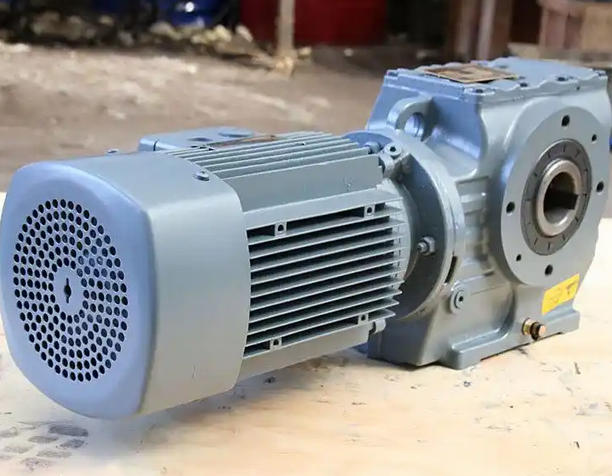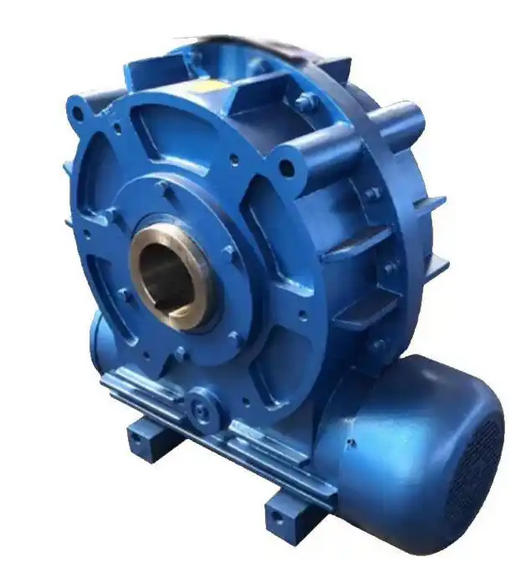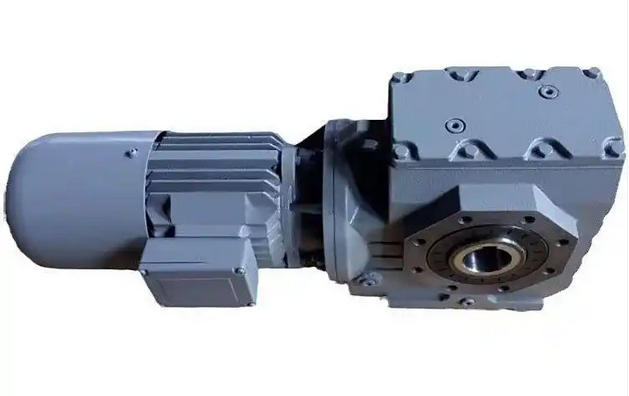What factors affect the output speed of SA47-15-1.5KW worm gear reducer
The output speed of SA47-15-1.5KW worm gear reducer is determined by three core factors: "transmission ratio", "motor input speed", and "actual operating loss". Among them, the transmission ratio and motor input speed are the basis of theoretical calculation, and the operating loss is the correction term in actual operation. The following is a breakdown analysis of specific influencing factors, combined with model parameters ("SA47" is the machine base number, "15" is the nominal transmission ratio, "1.5KW" is the matching motor power) to explain:1、 Core determinant: transmission ratio (a "fixed coefficient" of theoretical output speed)
The output speed of a worm gear reducer is essentially "motor input speed ÷ transmission ratio", where the transmission ratio is determined by the mechanical structure of the reducer (number of worm heads, number of worm gear teeth) and is the most core and stable factor affecting the output speed.

1. Definition and calculation logic of transmission ratio
The transmission ratio (i) is the ratio of the input speed (n ₁) to the output speed (n ₂) of the gearbox, and the formula is:
i = n₁ ÷ n₂ → n₂ = n₁ ÷ i
For SA47-15-1.5KW, the "15" in the model refers to the nominal transmission ratio (i=15), representing that for every 15 revolutions of the motor, the output shaft of the reducer rotates 1 revolution.
2. The "structural source" of transmission ratio (why is it a fixed value?)
The transmission ratio is directly determined by the "gear ratio" of the worm and worm gear, and the specific formula is:
I=number of worm gear teeth (z ₂) ÷ number of worm heads (z ₁)
Number of worm heads (z ₁): refers to the number of spiral lines of the worm (commonly 1, 2, 4 heads). The more heads there are, the higher the transmission efficiency, but the smaller the transmission ratio;
Worm gear teeth (z ₂): Matching with the number of worm heads, the more teeth there are, the larger the transmission ratio, but the size of the worm gear will correspondingly increase (due to the limited space of the SA47 machine base, the range of teeth is fixed).
Taking SA47-15 as an example, if the matching worm gear is "1 head", then the number of worm gear teeth=15 × 1=15 teeth; If it is "2 heads", then the number of worm gear teeth=15 × 2=30 teeth - regardless of the number of heads, the number of teeth between the worm and worm gear is fixed at the factory, so the transmission ratio i=15 is an "unchangeable mechanical property", which directly determines the theoretical benchmark for output speed.
2、 Basic input factor: rated input speed of the supporting motor
The theoretical value of output speed needs to be based on the "motor input speed", so the number of poles and frequency (power parameters) of the motor directly affect the input speed, and indirectly determine the output speed.
The relationship between the number of motor poles and rated speed
The motor matched with SA47-15-1.5KW is a "three-phase asynchronous motor", and its rated speed is determined by the "number of motor poles" (the number of poles is the number of magnetic poles of the motor stator winding, commonly 2, 4, 6, and 8 poles), and the formula is:
Rated speed of motor (n ₁) ≈ 60 × power frequency (f) ÷ number of motor poles (p) × (1- slip rate s)




